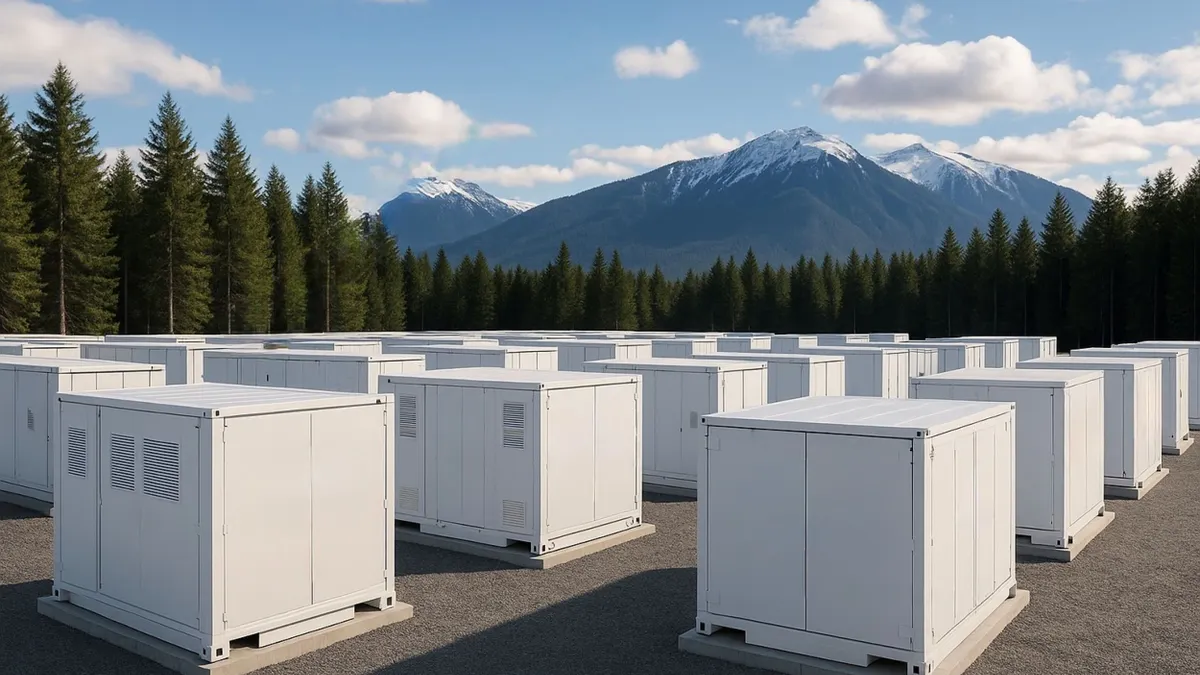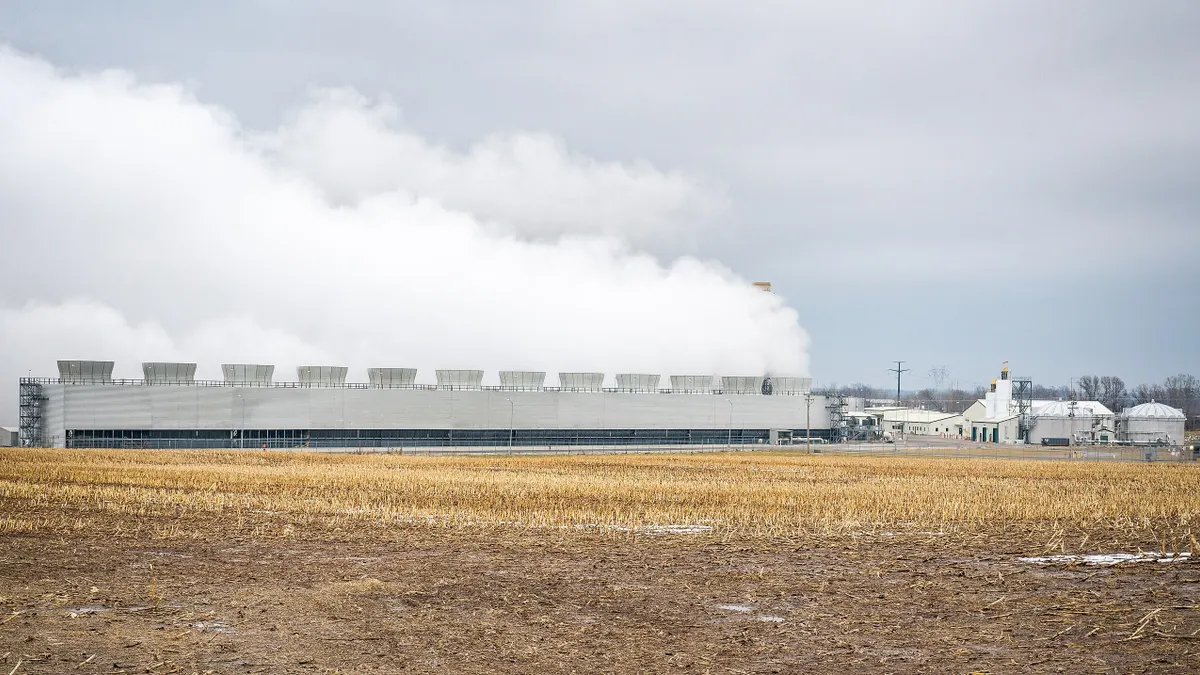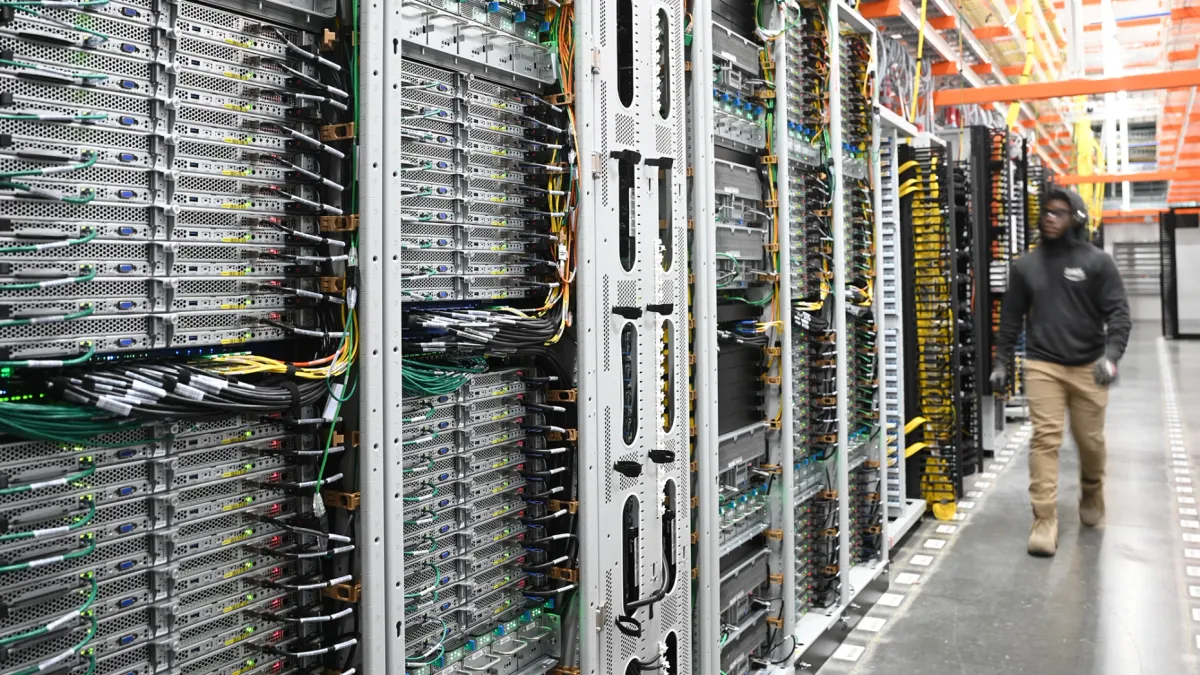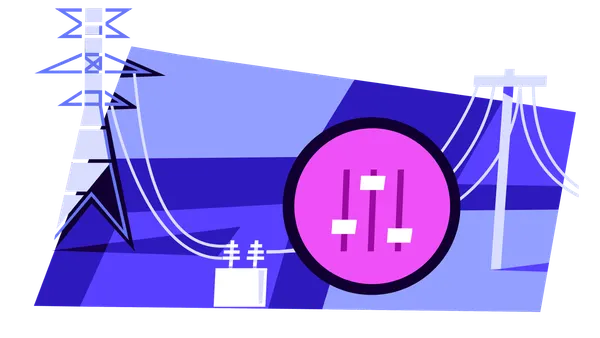As new technologies emerge to compete with the popular lithium-ion batteries, it almost seems like there is a new energy storage breakthrough announced everyday. But a new report from Lux Research finds that lithiom-ion battery storage will likely remain the standard for electric vehicles and stationary energy storage well beyond 2025.
The report, "The Next-Generation Battery Roadmap: Quantifying How Solid-State, Lithium-Sulfur, and Other Batteries Will Emerge After 2020," claims that the biggest growth in battery storage will come from "gradually evolving lithium-ion batteries, through incremental innovations like higher-voltage cathodes and electrolytes, paired with higher-capacity active materials like silicon-containing composites."
“There is a lot of excitement around next generation batteries and some is justified but we have to be extremely careful about which technologies and what applications because evolving lithium-ion is going to be tough to beat,” said Cosmin Laslau, lead author of the report and senior analyst at Lux Research.
The race for the future of batteries kicked off in earnest this year with two landmark buy-ins by major corporations, the study reports. Automotive supplier Bosch bought Seeo, a solid-state battery manufacturer, to help Bosch meet its 75% energy storage cost-cut goal. Electronics giant Dyson bought solid-state battery manufacturer Sakti3 for $90 million. But these are only glimpses of the future.
“There will be some high end applications where solid state batteries may get some traction but evolving lithium-ion will dominate for the next 10 years to 15 years,” Laslau said.
Lithium-ion battery technology contintues to demonstrate consistent performance advances without presenting costly new design or manufacturing obstacles. Battery research is turning up better cathodes, anodes, electrolytes, and separators, according to the study.
All told, Navigant Research forecasts the lithium-ion stationary storage market will grow from 2015’s $775.4 million to over $15.8 billion by 2024.
Names to watch out for in future development
Stationary applications for advanced lithium-ion energy storage “spans the range from distributed generation storage at the residential and commercial-industrial scales to utility-scale storage,” Laslau said.
The two top-tier providers are Tesla and Germany’s Sonnenbatterie, but Saft, Hitachi, Panasonic, LG Chem, and Samsung SDI should not be counted out, he said. “Anybody who is a player in batteries has introduced some form of stationary energy storage recently, if they didn’t already have it, mostly for pairing with distributed generation for load shifting.”
Many of the same companies lead the market for utility-scale applications such as peaker plant replacement, deferring transmission and distribution system upgrades, and providing ancillary services, Laslau said. But the list should also include NEC and NGK.
A similar list makes up the market leaders named in the Navigant Research top ten for stationary lithium-ion manufacturing: LG Chem, Samsung SDI, BYD, Kokam, Toshiba, Panasonic, Hitachi, Saft, Sony, and Lishen.
The biggest source of growth in the stationary storage segment continues to be in utility-scale capacity based on lithium-ion technology, according to Ravi Manghani, author of the Energy Storage Association/GTM Research quarterly energy storage monitor.
Take two Invenergy 31.5 MW battery installations and two RES Americas 19.8 MW projects either slated for or already in use by the grid operator PJM Interconnection. Those batteries make up vast majority of new stationary battery energy storage in the U.S. and is entirely composed of lithium-ion technology, Manghani added.
Lux predicts that flow batteries, heralded for their cost-effective ability to expand capacity, will capture about 12% (or $190 million) of the approximately $1.6 billion market in 2020, Laslau said, based on conservative estimates. “If there is a winner beyond that, we have not identified it.”
After 2025, the study identifies three battery technology providers to watch in the stationary energy storage space.
Aquion Energy is pursuing an aqueous electrolyte with both sodium and lithium-ions moving between electrodes. Ambri is developing a liquid-metal battery design that uses differing component densities to separate electrodes and electrolyte. Eos Energy Storage makes a carbon-based cathode, zinc anode, and an aqueous electrolyte with zinc salts and an undisclosed catalyst.
Energy storage metrics
Comparisons of energy storage commonly focus on cost, but this paper also offers metrics for specific energy in watt-hours (Wh) per kilogram (kg) and energy density in watt-hours per liter (L).
The other way to compare batteries is the scale of their deployment so far, which typically informs impressions about the sector’s leaders, Laslau says.
Present lithium-ion cells offer 230+ Wh/kg and 600+ Wh/L. At a cell cost of $200 per kWh, this gives them a leading position in cost of energy per unit of volume and unit of weight, making them acceptable in both stationary and plug-in vehicle applications. They have some durability, providing up to 1,200 cycles, according to the study.
Solid-state batteries offer a higher specific energy of over 300 Wh/kg, a higher energy density of over 1,000 Wh/L, and are more durable than lithium-ion batteries, providing up to 10,000 cycles. They also are less flammable. However, “manufacturing techniques differ significantly from conventional lithium-ion, leading to problematic costs,” the study explains.
Lithium-sulfur batteries have demonstrated a specific energy of over 400 Wh/kg and an energy density nearly as good as lithium-ion’s at 400-500 Wh/L. Sulfur is also cheaper than lithium, but certain chemical reactions limit their full production to only 100 cycles, the study reports.
Cost is “tricky to pin down because it can be reported as a cell cost or as a fully installed system cost,” Laslau said. “Lithium-ion cells are below $200 per kWh but fully installed are about $800 per kWh or more.”
Manghani confirmed this number. The median price for utility-scale systems in 2015 has been $900 per kWh, but the low end of the price range was as low as $750 per kWh, he said.
The most accurate metric for comparisons “is probably the fully installed cost,” Laslau said, “but cell suppliers like Panasonic, Samsung SDI, or LG Chem should be compared with a cell metric.”
Two other Lux findings suggest the dominance of lithium-ion storage for the foreseeable future. The U.S. Department of Energy calculated there was a 22% over-capacity of battery manufacturing in 2014. With electric vehicle sales still only edging up, that over-capacity is not expected to be alleviated soon.
Lux estimates that “incumbents continue to invest billions” into lithium-ion technology, while new technology manufacturers are not coming close to matching that investment.
“Lithium-ion is taking over the market without serious competition,” Laslau said. “It accounts for all the growth.”
The excess capacity “will encourage cell makers to keep iterating on designs that can use the same manufacturing techniques,” the study concludes. New technologies will not be developed by incumbent players. But lithium-ion incumbents are setting standards “that next-generation battery developers should aim to match,” the study reports.
Looking ahead
By 2030, new battery technologies, especially solid-state and lithium-sulfur batteries, are expected to represent a market “worth tens of billions of dollars,” Lux Research forecasts.
But in the stationary energy storage market, lithium-ion "will be very difficult to beat,” the study concludes. The technology took the "early lead of grid storage-scale molten salt energy storage,” and “flow batteries and non-battery energy storage (like compressed air) remain very small," according to the study.
The biggest surprise Laslau found in the research was that breakthrough technologies will not first prove their viability in the potentially lucrative vehicle and stationary storage segments of the market.
“Advanced electronics in wearables, internet of things, medical devices, even military uses, is where the next generation of battery storage is going to happen first,” he said. “The companies that survive will do so on how well they target these niches.”
No new battery technology has “gotten meaningful traction in stationary markets,” the study adds.
Independent power producers and utility executives looking for the right storage technology — to provide renewables load shifting, replace peaker plants, defer transmission and distribution system upgrades, or provide ancillary services to grid operators — “should regard lithium-ion as the safest bet here, likely to dominate for at least the next decade,” according to Laslau.






















